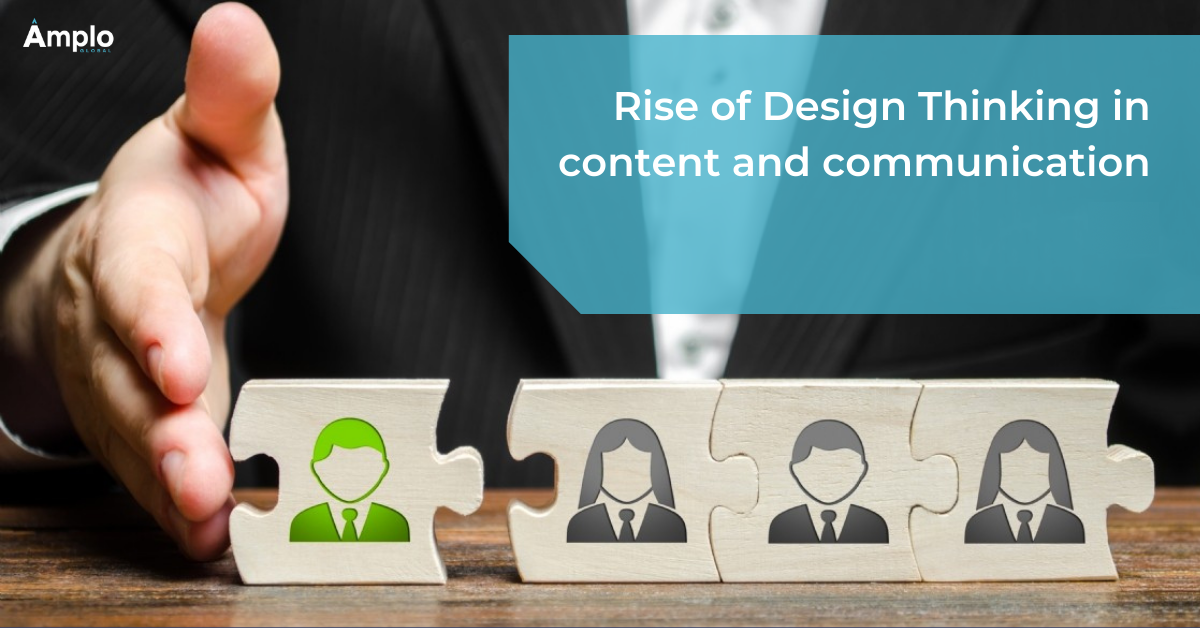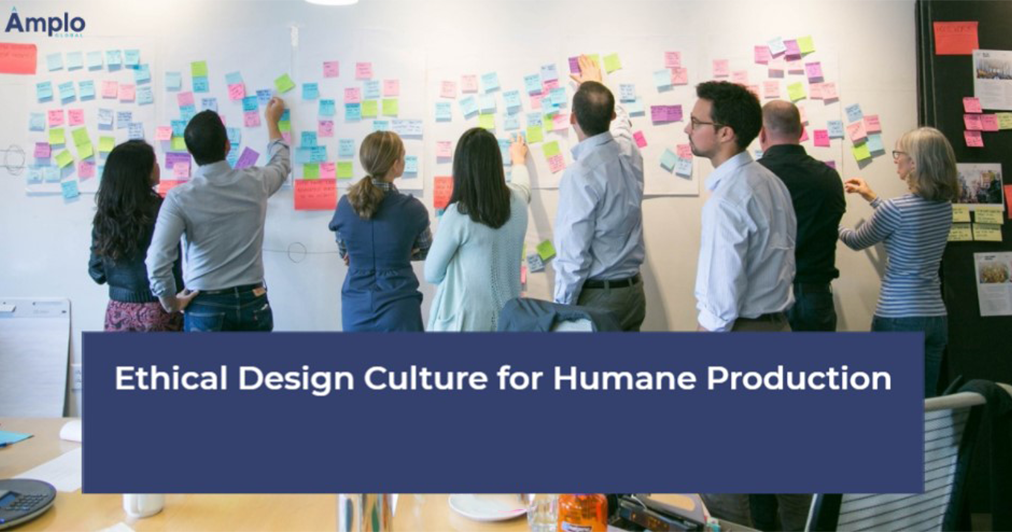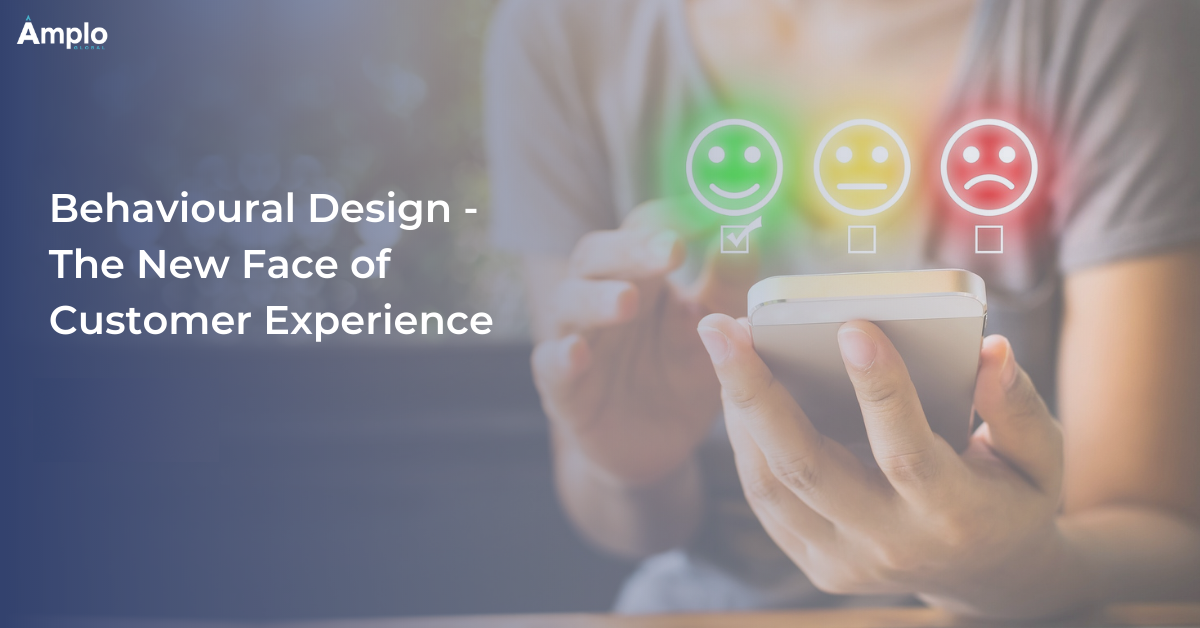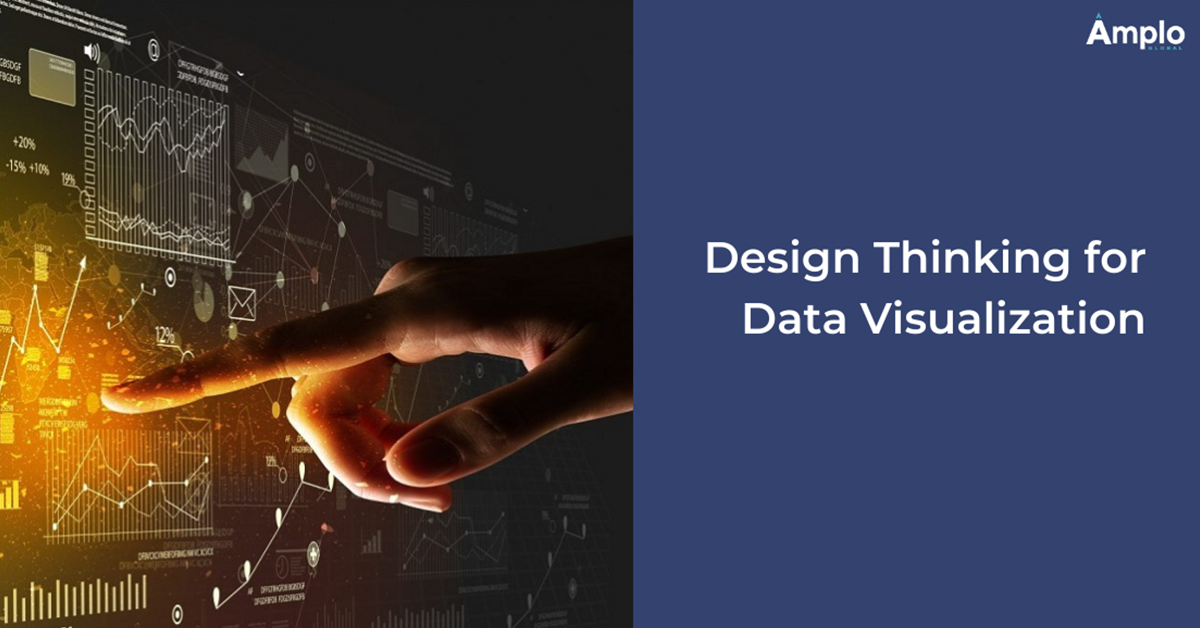Design Thinking in Content Coms
The communication process, like any other operation within an organization, stands to benefit immensely from leveraging design thinking. Since content is created by humans for humans and communication is the exchange of ideas between humans, the human-centered design thinking approach is well suited for both content and communication.


















